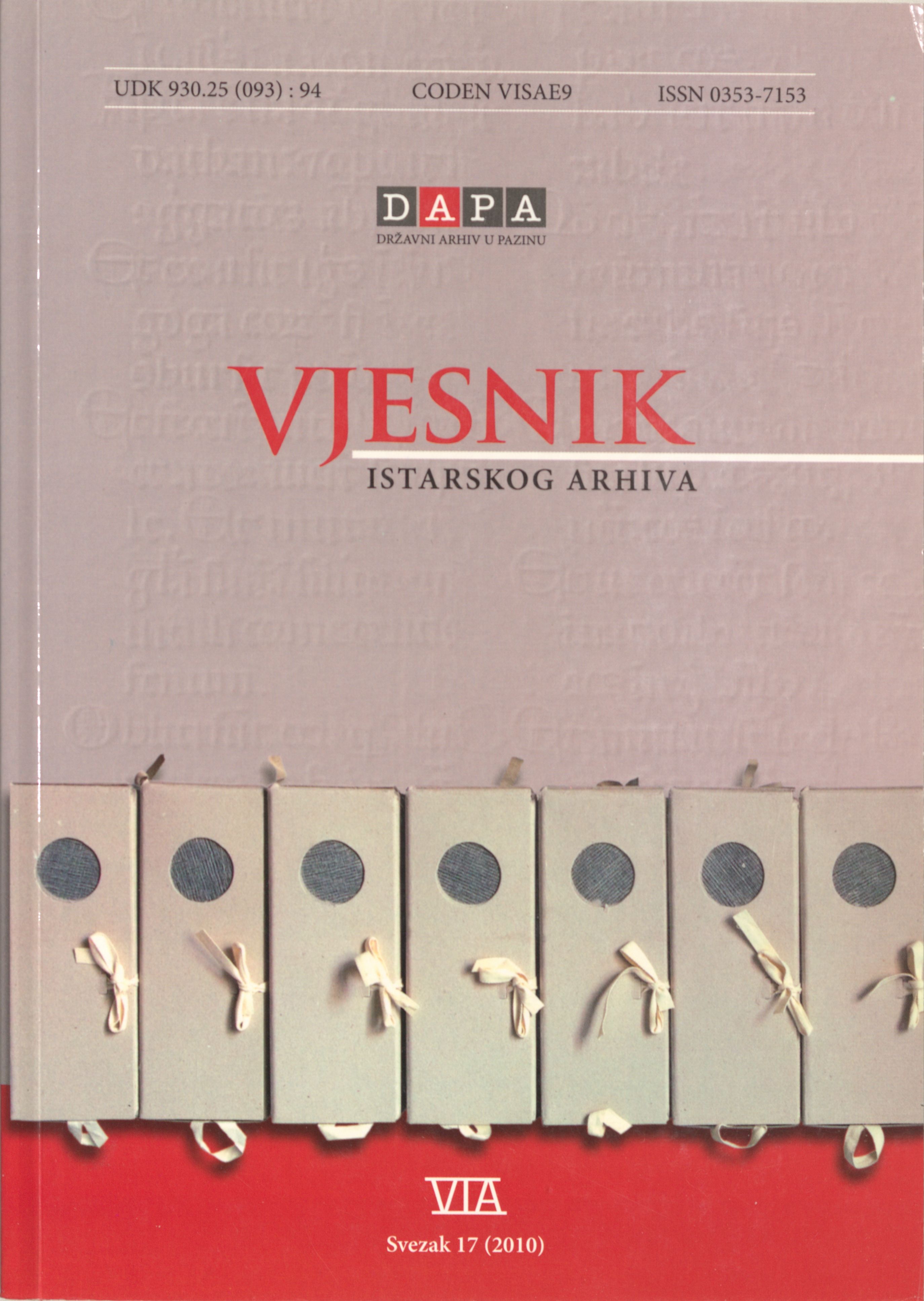Eco-historical area of the Istrian borderland as a framework of the development of endemic diseases
Keywords:
endemic diseases, eco-history, Istria, 17th to 20th centuryAbstract
Eco-historical prerequisites for the interaction between man and landscape and for the development of a complex system of permanently maintained, i.e. endemic diseases of Istria from the early Modern Age until the 20th century. An eco-historical analysis of such a complex and dynamic ecosystem and of the bordering historical area (and time) calls for an extremely interdisciplinary approach and a comparative analysis of heterogeneous sources (in this case primarily cartographic). They enable the reconstruction of environmental, geographical and economic, political and administrative, medical and demographic particularities of the area. This paper will focus on environmental, historical and geographical prerequisites of the development of Istrian economic niches, processes in them and consequences. Endemic diseases, along with epidemics and war hardship, led the inhabitants to general poverty, famine and depopulation. Migrations and spreading of herding also contributed to a high level of dependence on the physical environment. All these elements together caused a poor sustainability of area management. As a particular case study, isolated in time, we will examine the case of the grand project of drainage, land improvement and eradication of malaria on the Brijuni Islands led by the Austrian industrialist Paul Kupelwieser at the beginning of the 20th century. The adverse political and economic circumstances and the lack of understanding by the local population, administration and central authorities for innovations of a “foreigner” interrupted the project even though it had provided a permanently changed and economically self-sustaining environment.
Downloads
Published
Issue
Section
License

This work is licensed under a Creative Commons Attribution-NonCommercial 4.0 International License.

